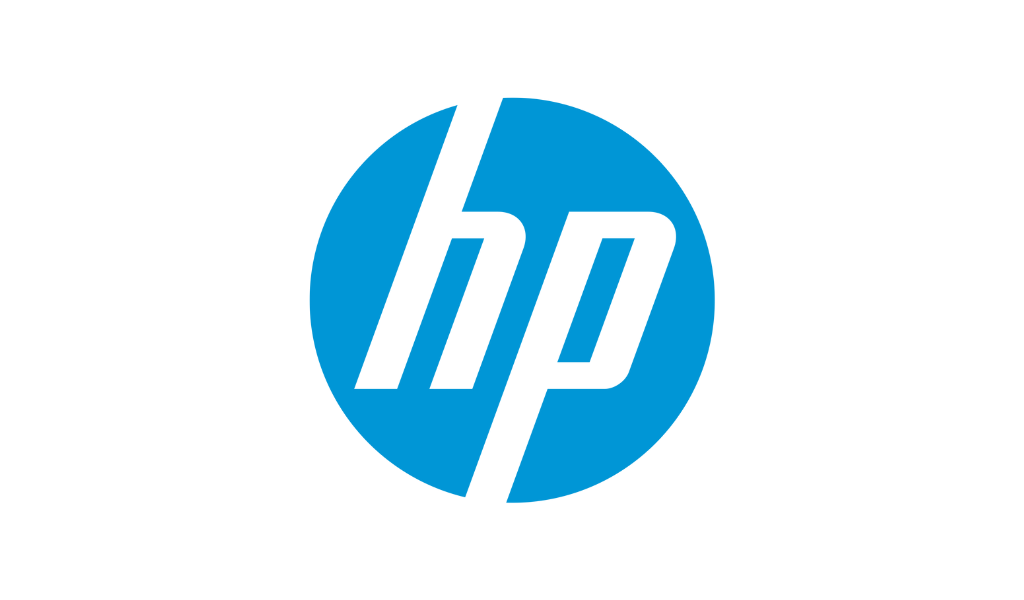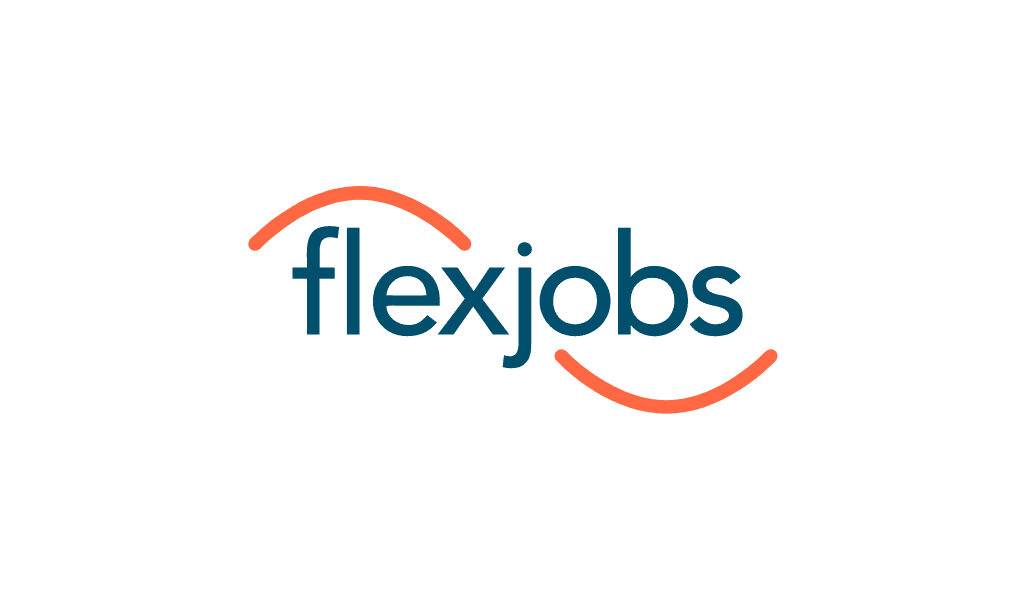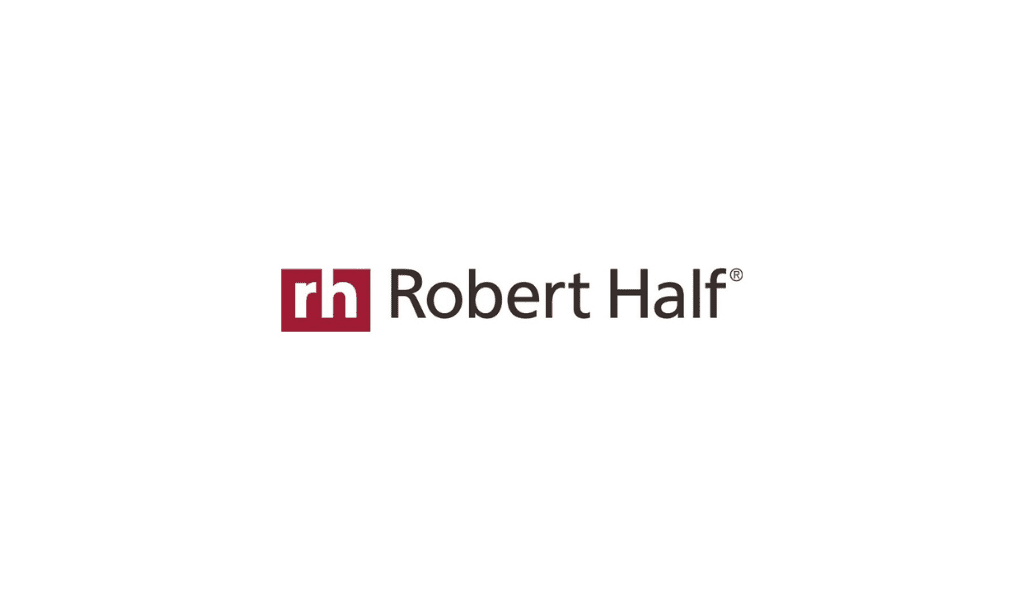Three powerful ways that HR leaders can leverage AI to keep employees happy and engaged.
By Kim Hiler
Labor market upheaval in recent years has led many people leaders to rethink strategies for promoting employee retention. Labor costs represent a significant share of most businesses’ expenses, and efforts to keep those costs as low as possible are often top of mind for leadership. High turnover contributes to higher costs and service disruptions, whose costs are difficult to measure but very real. This is especially true in customer service.
Amidst these challenges, artificial intelligence (AI) has emerged as a powerful potential ally to enhance workers’ experience and satisfaction—not replace them. People leaders should leverage AI to strengthen employee retention by automating repetitive tasks, monitoring for signs of burnout, and equipping teams with the skills they need to remain engaged and advance their careers. Here’s how.
Automating Time-Consuming Tasks
One of the most significant advantages of AI in the workplace is its ability to automate repetitive tasks. This may include data input, analysis, and scheduling, which can consume a substantial portion of time, leading to frustration and burnout. Deploying AI tools to handle these activities will allow employees to redirect their efforts toward more meaningful and engaging projects that contribute to personal growth and add value to the business.
For instance, AI-powered automation can increase productivity and engagement by optimizing task management. Liberated from mundane tasks, employees are likely to experience less stress and more job satisfaction, reducing burnout rates and strengthening retention.
AI is also streamlining essential recruiting tasks such as talent sourcing. A new study from HRO Today finds that 42% of HR teams currently use AI to find high-value candidates. By leveraging online data, AI-powered tools can help recruiters identify qualified candidates quickly and easily by analyzing LinkedIn profiles or scanning a candidate’s social media profiles. That takes a load off recruiting teams by reducing the tedious but essential work of candidate screening tasks.
Efficiencies gained from expanding AI automation in recruiting and hiring operations will also translate into cost savings. Businesses report substantial returns on investment by adopting AI-driven automation, as it reduces the need for extensive manual oversight and allows employees to focus on higher-value tasks.
71% of HR teams are currently using or plan to use AI-based predictive analytics and reporting to identify and analyze patterns in employee data to get better insights into workers’ behavior.
Monitoring for Burnout
Employee burnout is a pervasive issue, particularly in service-delivery professions. Burnout is especially tricky because it’s often difficult to detect until it’s too late and contributes to high attrition rates if not addressed promptly. Here too, AI can contribute to improvement.
The HRO Today report finds that 71% of HR teams are currently using or plan to use AI-based predictive analytics and reporting to identify and analyze patterns in employee data to get better insights into workers’ behavior. AI’s predictive capabilities will allow businesses to leverage data to identify early signs of employee burnout, which creates new opportunities to pursue a proactive approach to managing employee well-being and boosting retention rates.
Once potential burnout risks are identified, AI systems can categorize employees into different risk levels. Supervisors then access that information and take timely and appropriate actions to alleviate stress. Interventions might take the form of additional training, reallocation of assignments, wellness breaks, or one-on-one meetings.
For operations with dozens or hundreds of employees, it’s virtually impossible for individual supervisors to spot employees on the verge of burning out. But AI can process indicators hidden in the data and flag high-risk employees for personalized intervention. By addressing burnout proactively, organizations can reduce costly turnover and ensure a healthier and more engaged workforce.
Equipping Teams to Level-Up Careers
AI plays a crucial role in equipping employees with the skills needed for career advancement. The fear of being replaced by AI is common among workers, but in reality, those who master AI tools will become increasingly valuable to their organizations. One recent survey finds that 77% of professionals think AI will have a “transformational” impact on their careers in the next five years.
By deploying AI-driven training and development programs, companies can help employees enhance their skills and adapt to new technologies, thereby fostering a culture of continuous learning and growth. By providing regular training sessions, even in remote work settings, employers enable their teams to stay updated with the latest skills and knowledge. This approach not only improves individual performance but also encourages employee loyalty by demonstrating the organization’s commitment to their professional development.
Further, AI can personalize learning experiences based on individual needs and preferences. By analyzing employee performance data, AI systems can recommend tailored training programs that address specific skill gaps and career aspirations. This targeted approach to learning can ensure that employees receive relevant and impactful training, which will significantly boost their confidence and job satisfaction. This too is likely to result in higher employee retention rates.
Strengthening from the Inside
As organizations strive to retain top talent in competitive markets, leveraging AI to support employees becomes increasingly important. By automating time-consuming tasks, monitoring for burnout, and equipping teams with the skills needed to advance their careers, people leaders can create a more engaged and satisfied workforce.
AI offers promising opportunities to enhance employee retention and build a more resilient and motivated workforce. By embracing AI-driven solutions, organizations can ensure that their employees feel valued, supported, and equipped for success. Ultimately, that should lead to stronger organizational culture and better business outcomes.
Kim Hiler is chief people officer at Intradiem.














